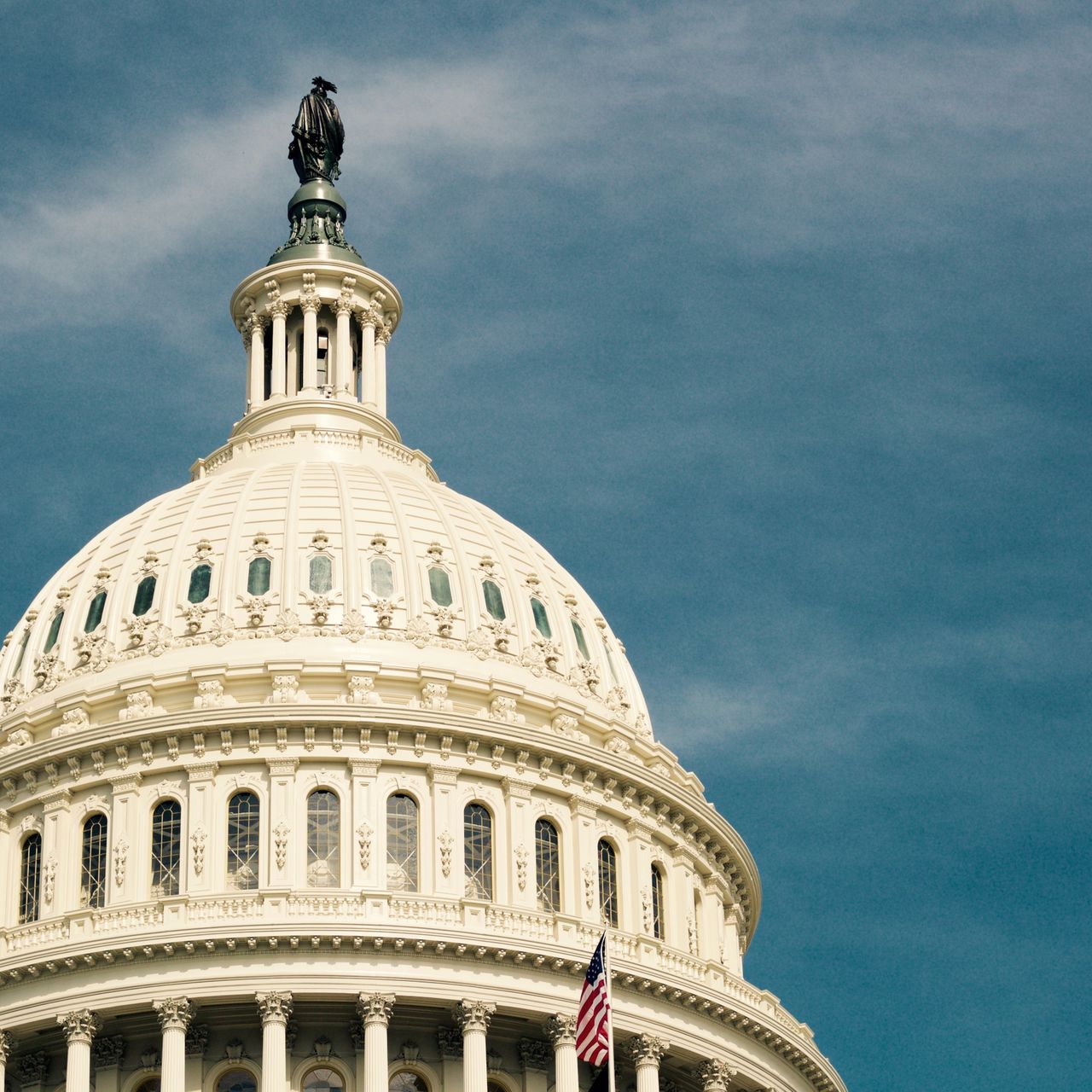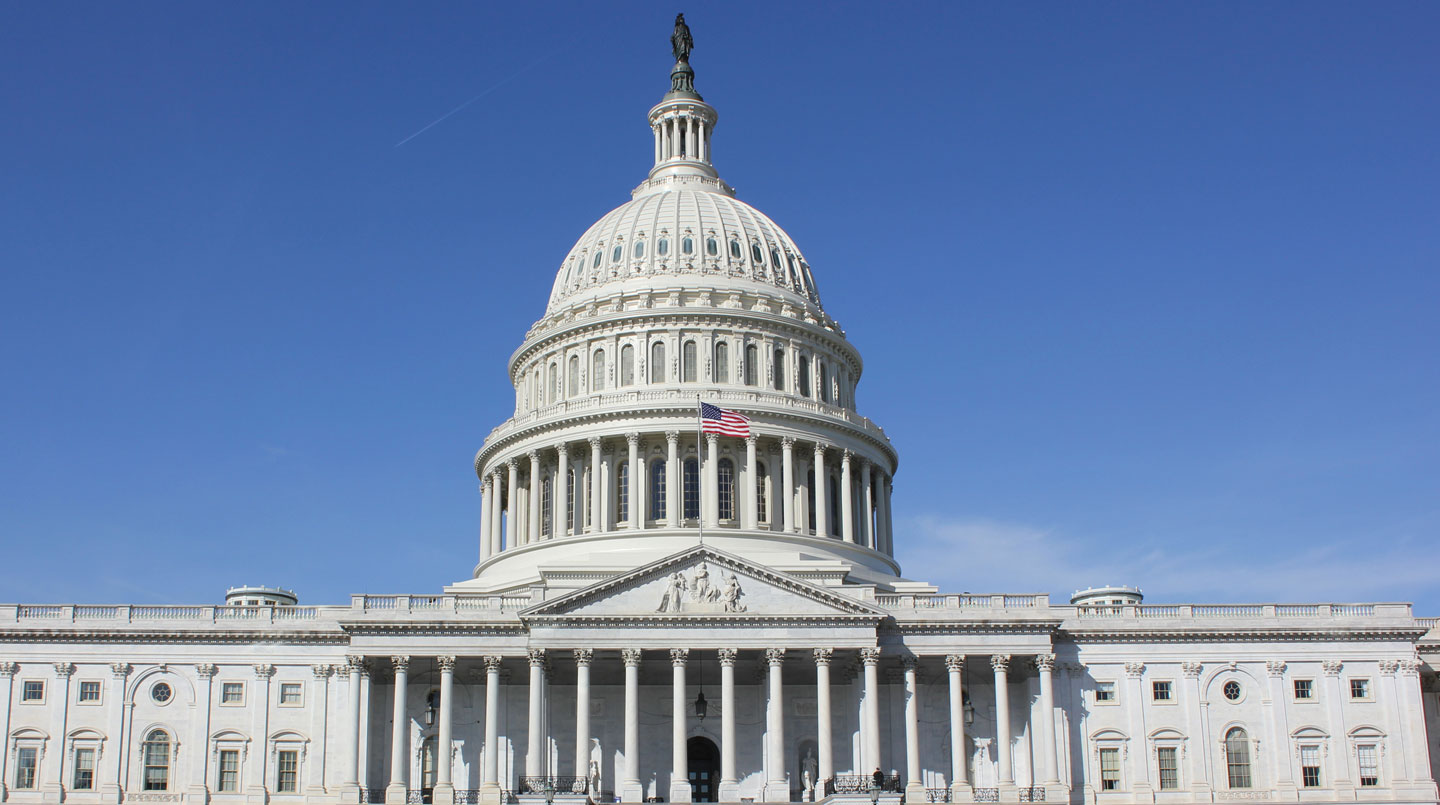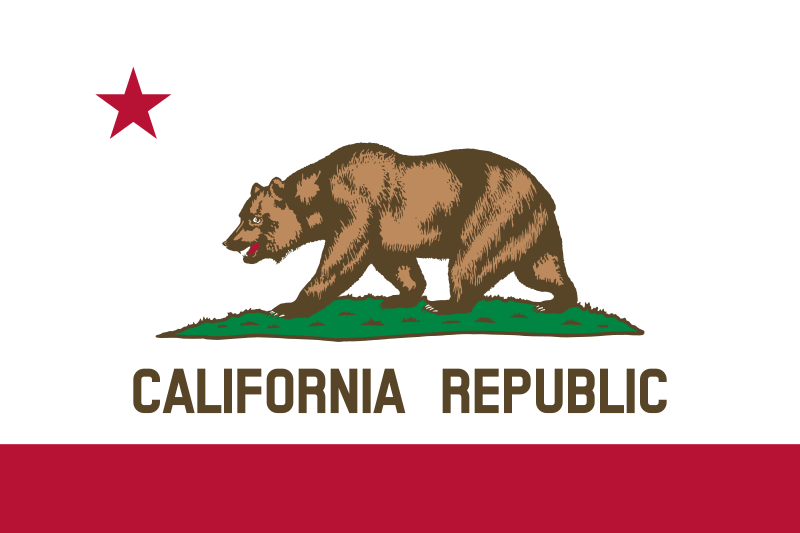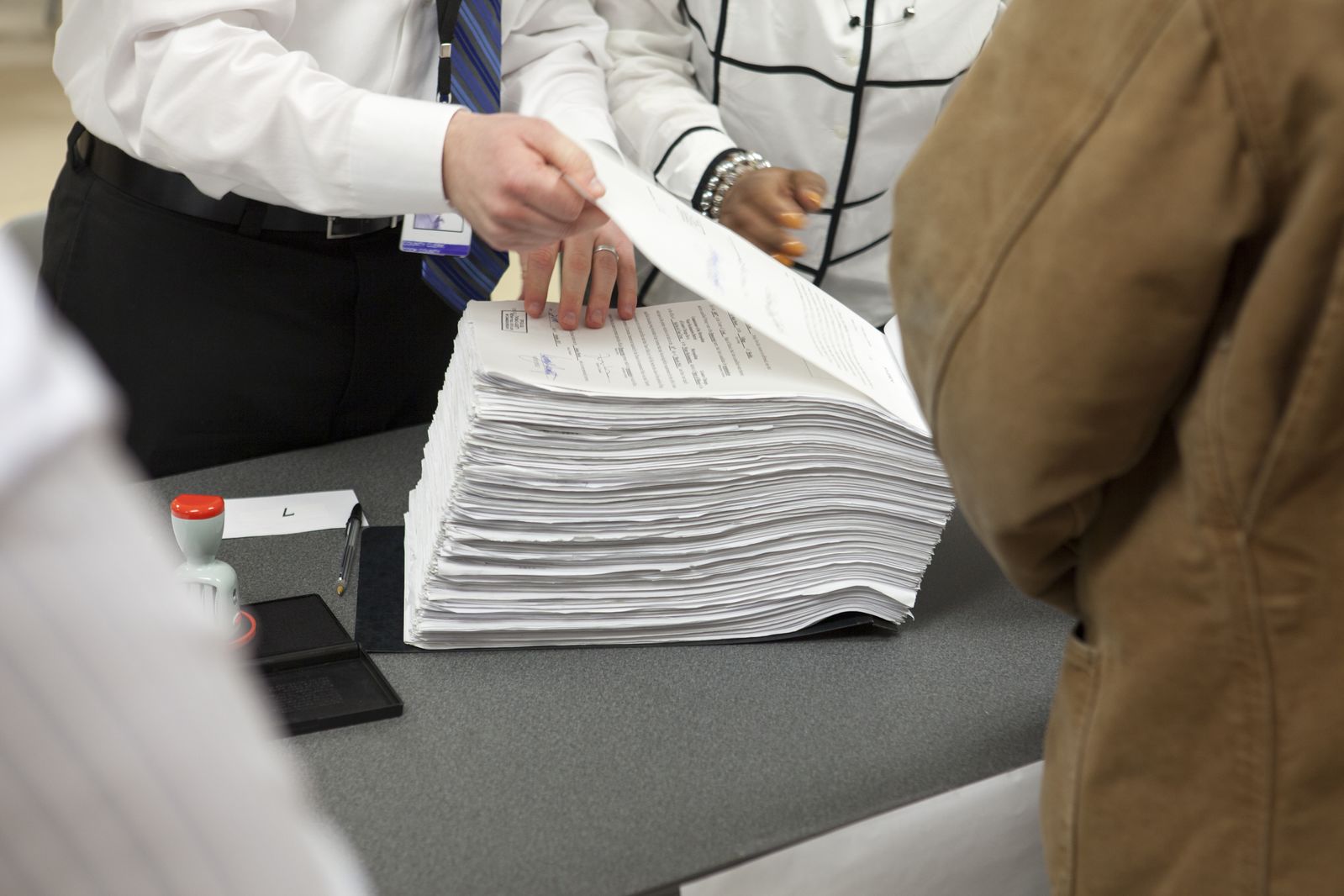Author: Elisabeth Moore
-
Incumbent David Valadao (R) and Rudy Salas (D) are running in the CA-22 general election

Incumbent David G. Valadao (R) and Rudy Salas (D) are running in the general election for California’s 22nd Congressional District on November 5, 2024. The election is a rematch from 2022, when Valadao defeated Salas 51.5% to 48.5%, becoming one of 14 Republicans to win in a district that President Joe Biden (D) won in 2020. Valadao said he is running because the district…
-
Incumbent John Duarte (R) and Adam Gray (D) are running in the CA-13 general election

Incumbent John Duarte (R) and Adam Gray (D) are running in the general election for California’s 13th Congressional District on November 5, 2024. The race is a rematch from 2022, when Duarte defeated Gray by 564 votes. The 2022 race was the second-closest House race in the country that year. Duarte’s 2022 victory was the first for a Republican in the district…
-
Scott Baugh (R) and Dave Min (D) are running in the CA-47 general election

Scott Baugh (R) and Dave Min (D) are running in the general election for California’s 47th Congressional District on November 5, 2024. Incumbent Katie Porter (D) ran for the U.S. Senate. Porter was re-elected in 2022 after defeating Baugh 52%-48% in the general election. She was first elected in 2018, defeating Republican incumbent Mimi Walters 52%-48%. Politico said this race “could very well determine…
-
Eleven candidates are running in the special Democratic primary for New Jersey’s 10th Congressional seat

Derek Armstead, LaMonica McIver, and nine other candidates are running in the special Democratic primary for New Jersey’s 10th Congressional District on July 16, 2024. The election is being held to fill the vacancy left by Donald Payne Jr. (D), who died on April 24, 2024. The general election will be September 18, 2024. The…
-
70 candidates filed for federal and statewide offices last week

Seventy (70) people declared candidacies for federal or statewide offices in the past week, 61 fewer than last week. All of these candidates declared before their state’s official filing deadline. Thirty-one (31) of those candidates were Democratic, while 34 were Republican. Five are minor-party candidates. Forty-four (44) candidates are running for Congress, 20 for state…
-
131 candidates filed for federal and statewide offices last week

One hundred thirty-one (131) people declared candidacies for federal or statewide offices in the past week, 81 more than last week. All of these candidates declared before their state’s official filing deadline. Forty-seven (47) of those candidates were Democratic, while 60 were Republican. Twenty-four (24) are minor-party candidates. One hundred twenty-one (121) candidates are running…
-
71 candidates filed for federal and statewide offices last week

Seventy-one (71) people declared candidacies for federal or statewide offices in the past week, 17 more than last week. All of these candidates declared before their state’s official filing deadline. Thirty-three (33) of those candidates were Democratic, while 35 were Republican. Three are minor-party candidates. Forty-one (41) candidates are running for Congress, 27 for state…
-
54 candidates filed for federal and statewide offices last week

Fifty-four (54) people declared candidacies for federal or statewide offices in the past week, 39 fewer than last week. All of these candidates declared before their state’s official filing deadline. Twenty-six (26) of those candidates were Democratic, while 26 were Republican. Two are minor-party candidates. Twenty-six (26) candidates are running for Congress, 18 for state…
-
93 candidates filed for federal and statewide offices last week

Ninety-three (93) people declared candidacies for federal or statewide offices in the past week, 53 fewer than last week. All of these candidates declared before their state’s official filing deadline. Twenty-three of those candidates were Democratic, while 62 were Republican. Eight are minor-party candidates. Fifty candidates are running for Congress, 27 for state legislatures, two…
-
146 candidates filed for federal and statewide offices last week

One hundred forty-six (146) people declared candidacies for federal or statewide offices in the past week, 24 fewer than last week. All of these candidates declared before their state’s official filing deadline. Seventy (70) of those candidates were Democratic, while 69 were Republican. Seven are minor-party candidates. One hundred twenty-two (122) candidates are running for…

